A cruising sailboat in the 20′ to 22′ range resides at the high end of the spectrum that most amateur boatbuilders can realistically aspire to. Go bigger and you need time, money, space and skills that few of us have. But there’s a delectable spread of choices at the level just below the impossible dream—plans by at least a half dozen highly regarded designers. Of these, Sam Devlin’s Song Wren 21, was, in the end, the most compelling. I had already built two smaller stitch-and-glue designs from Devlin Designing Boat Builders, so I felt comfortable with the process.The Song Wren can be built with a shallow slotted keel and a centerboard for sailing thinner water and easier trailering and launching. I was drawn to the fixed-keel version for its ballasted-keel stability and cabin space unobstructed by a centerboard trunk. Its profile exuded the refined dignity of a much larger craft, and the gaff-cutter configuration offered the complexity I crave in a sailing rig. I love to stay busy, tinkering and tuning sail trim.Devlin had drawn the Song Wren in 2011 as a commission, but nobody had yet built one, so no one could report on how it would sail, and if there were bugs in the design. I had budgeted up to $36,000 for parts and materials, a figure Devlin confirmed to be in the ballpark. Committing this pile of money to a boat that has never before existed, to be executed by an amateur who just barely knows what he’s doing, would seem edgy by any objective standard. But anyone who’s ever loved a boat, or a drawing of a boat, understands.
Join The Conversation
We welcome your comments about this article. If you’d like to include a photo or a video with your comment, please email the file or link.

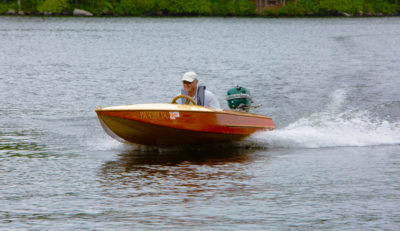
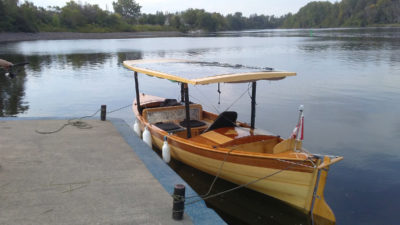

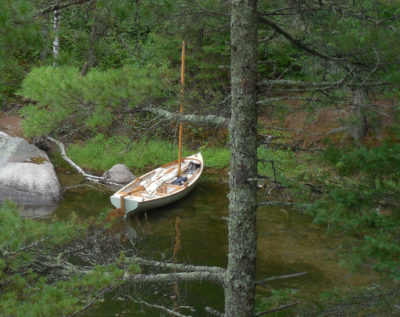
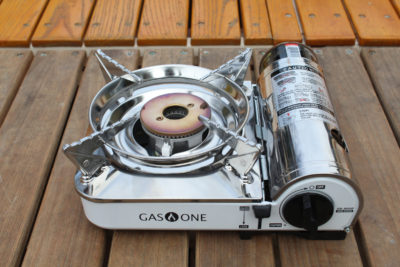



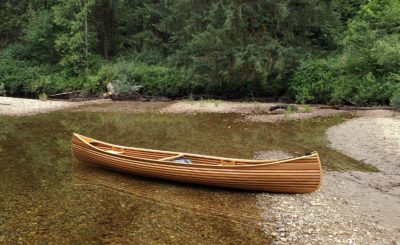

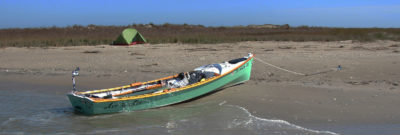
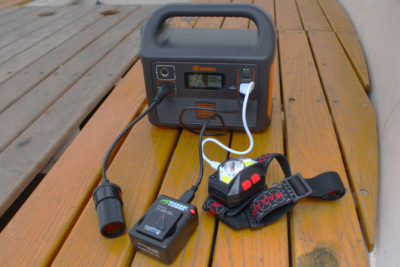

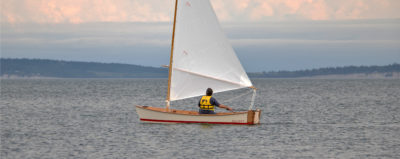

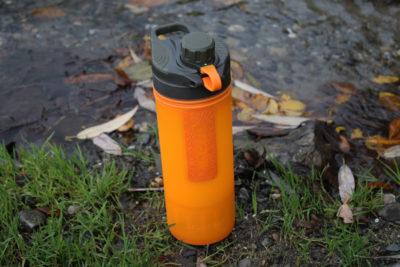
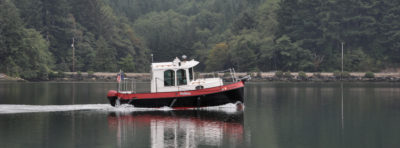
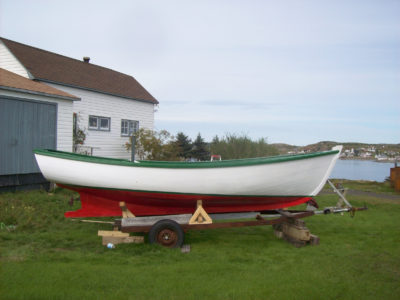
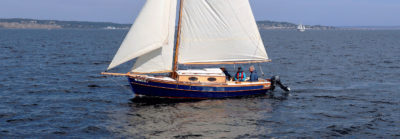


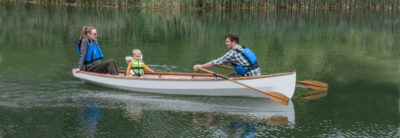
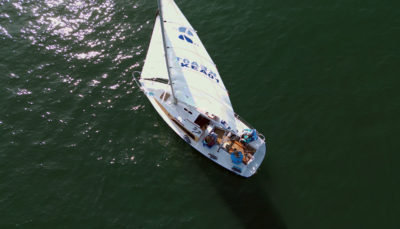
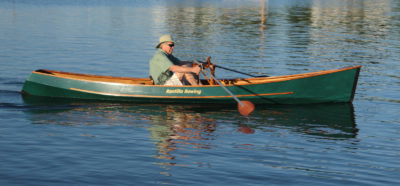
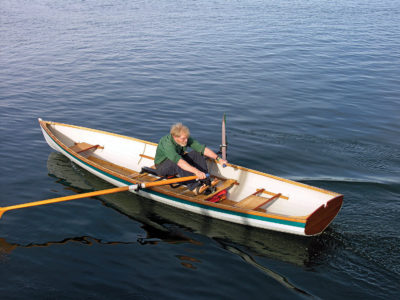
Gorgeous boat, Larry! Beautifully done.
Cheers,
Doug
Larry,
Nicely done! It’s been a pleasure to read this article about building and sailing your Song Wren. A yar boat if ever there was one. So sorry I missed you at the show. I do believe I have a nice photo of her I took at the show from the shore. Too bad I just didn’t walk over there and get a better look.
Be well,
Dave Dickmeyer
Splendidly written article, well-crafted boat. You took on a never-yet-built design, too. That’s courage. Here’s to many rewarding seasons of sailing for you and yours with the Song Wren.
Brad
Great looking, salty craft!
I always enjoy reading about and looking at Sam’s boats.
Beautifully done, with all sorts of nice little shippy details. You can be proud!
Great story. The images show the sail set in a less than good configuration. Having relied on sail power for my boats over 50 years, the ability to set sails well and to comfortably sail into a mooring when I can easily control the power of the sails is a very import consideration. Having a clear idea of what success looks like is critical if you are to get the best from a design and the designer. Thank you for being one of the first to build this attractive and practical boat.
I enjoyed reading your article in WoodenBoat‘s current issue.
Larry,
Thanks for the great article and the excellent photos of the Song Wren. I have often asked myself why I spend all my free time in the shop building my Devlin retractable-keel Song Wren 21, which I fondly call “Sliver.” She bears some of my blood and I bear some of her wood. I’m sure you understand. I’m building mine upside down on a jig and soon will be ready to glass, add the trunk and then flip. Sincerely, your article has inspired me to keep on keeping on. Thanks so much. Would love to talk if you ever have the time or the inclination. Sam has my credentials.
Wouldn’t she look great with boom gallows, lazy jacks, and baggywrinkles. And a topsail, not that she doesn’t look great already.